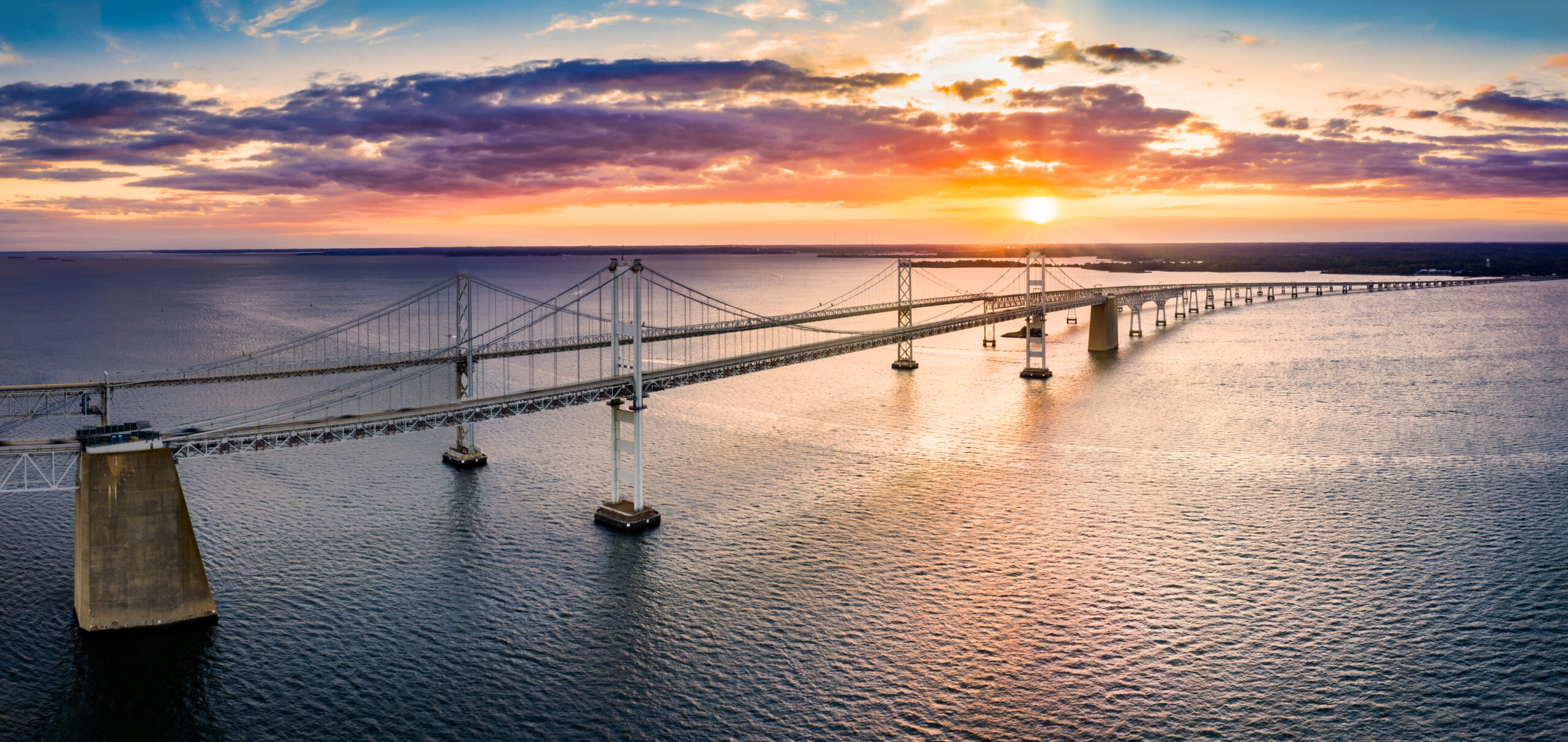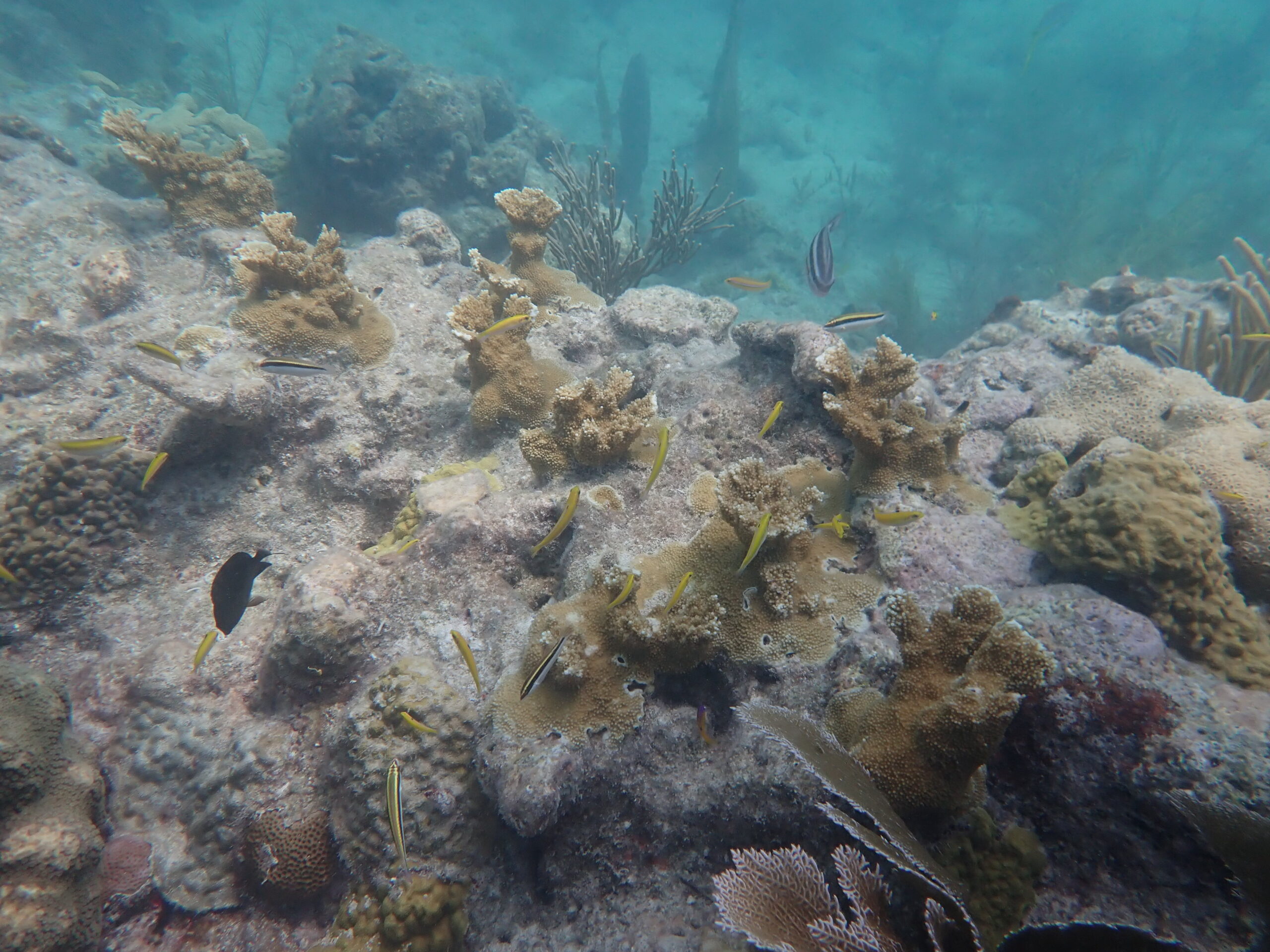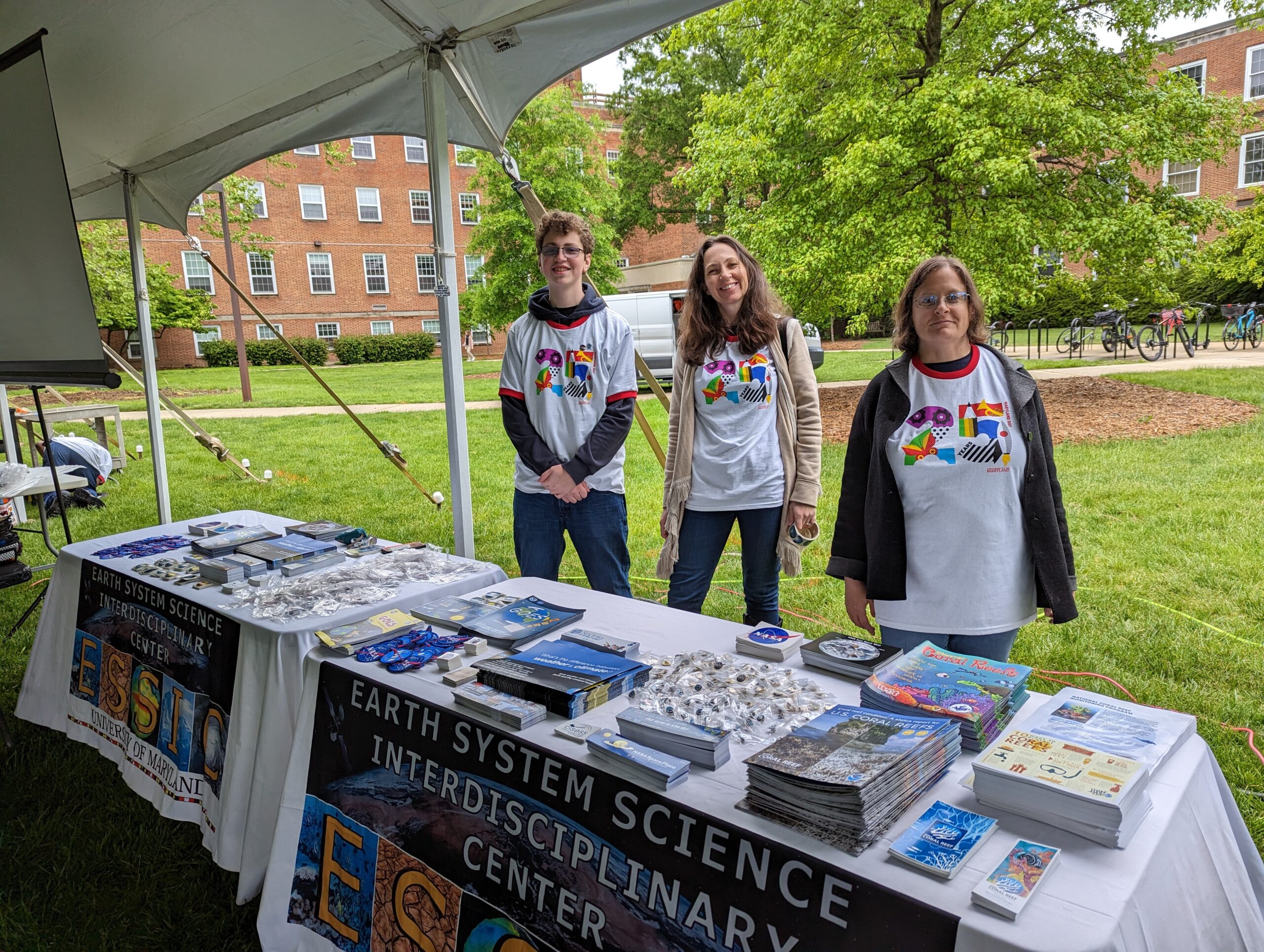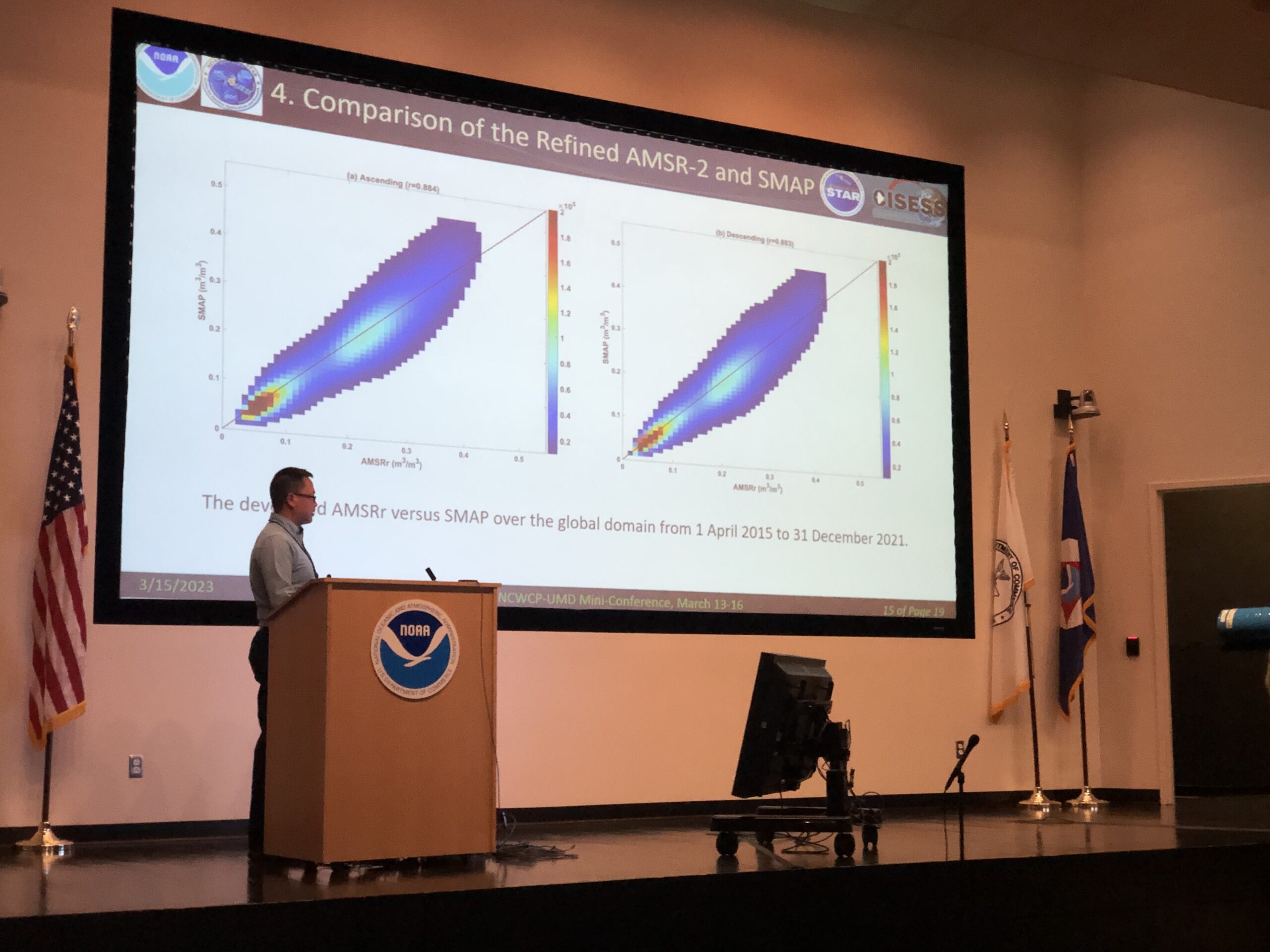
Severe Drought in Southern Africa
This article was written by Emily Cassidy and published on the NASA Earth Observatory website. It is reposted with permission. February 2024 A prolonged dry

This article was written by Emily Cassidy and published on the NASA Earth Observatory website. It is reposted with permission. February 2024 A prolonged dry

On Saturday, April 27, ESSIC faculty and staff gathered to celebrate Maryland Day, the University of Maryland’s largest community outreach event! This was the 26th year that the university held the event, and the 24th time that ESSIC has participated.

Sujay Kaushal is part of a multi-institution effort to monitor the intrusion of saltwater into rivers close to the ocean.

The American Geophysical Society (AMS) held its 104th annual meeting this month from January 28 to February 1 in Baltimore, Maryland. The following is a sample (not all-encompassing) of the ESSIC/CISESS talks, sessions, and posters given at the event. The bolded names are the ESSIC-affiliated authors.

When the nation’s leading experts in weather, water, and climate gather in Baltimore later this month for the annual conference of the American Meteorological Society (AMS), they will get a close-up view of the region’s fragile environment. The Chesapeake Bay area is under siege from a myriad of threats that are becoming more urgent with climate change, and its future economic and ecological vitality may depend in part on the ability of scientists to map out solutions to the bay’s complex and multiple stressors.

Last month, the American Geophysical Union (AGU) held its annual Fall meeting from December 11 to 15. ESSIC scientists presented and attended both virtually and in-person in San Francisco, CA. The following is a sample (not all-encompassing) of the ESSIC/CISESS talks, presentations, and posters given at the event.

UMD/NOAA Coral Reef Watch has been using new satellite products to enact real change to protect coral reefs from the threats of climate change.

Summer brings to mind sunny days and relaxing vacations, but the season’s dark side makes it one of the busiest times of the year for a University of Maryland “fulminologist”—a scientist specializing in lightning research.

On Saturday, April 29, ESSIC faculty and staff gathered to celebrate Maryland Day, the University of Maryland’s largest community outreach event! This was the 25th year that the university held the event, and the 23rd time that ESSIC has participated.

Recently, researchers from NOAA Center for Weather and Climate Prediction (NCWCP) and University of Maryland gathered for a mini-conference to share presentations from recent conferences such as the American Geophysical Union (AGU) and American Meteorological Society (AMS) annual meetings.